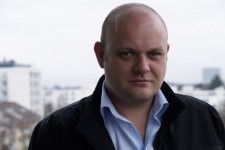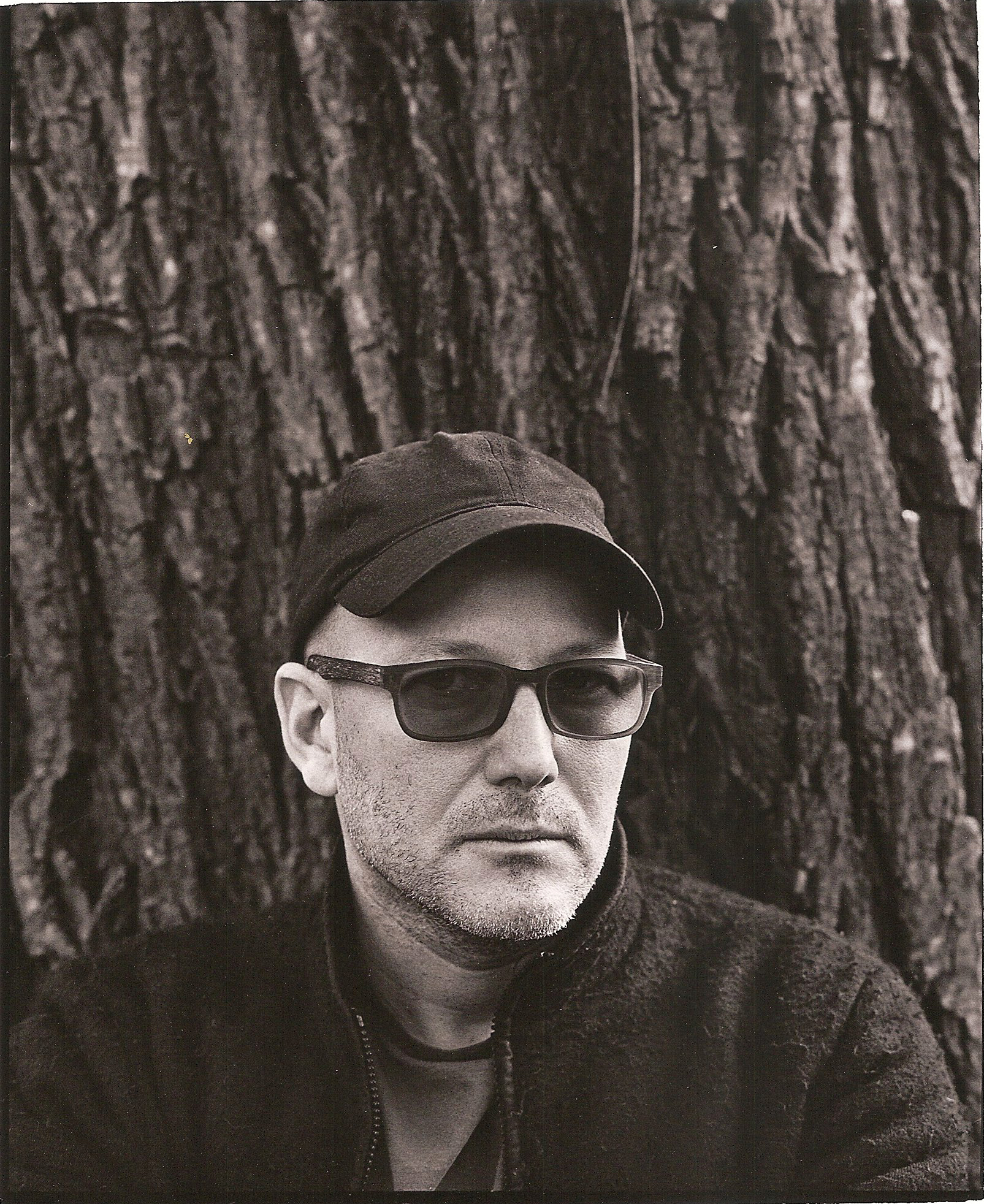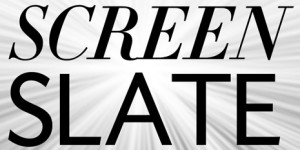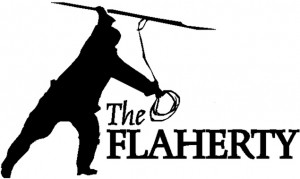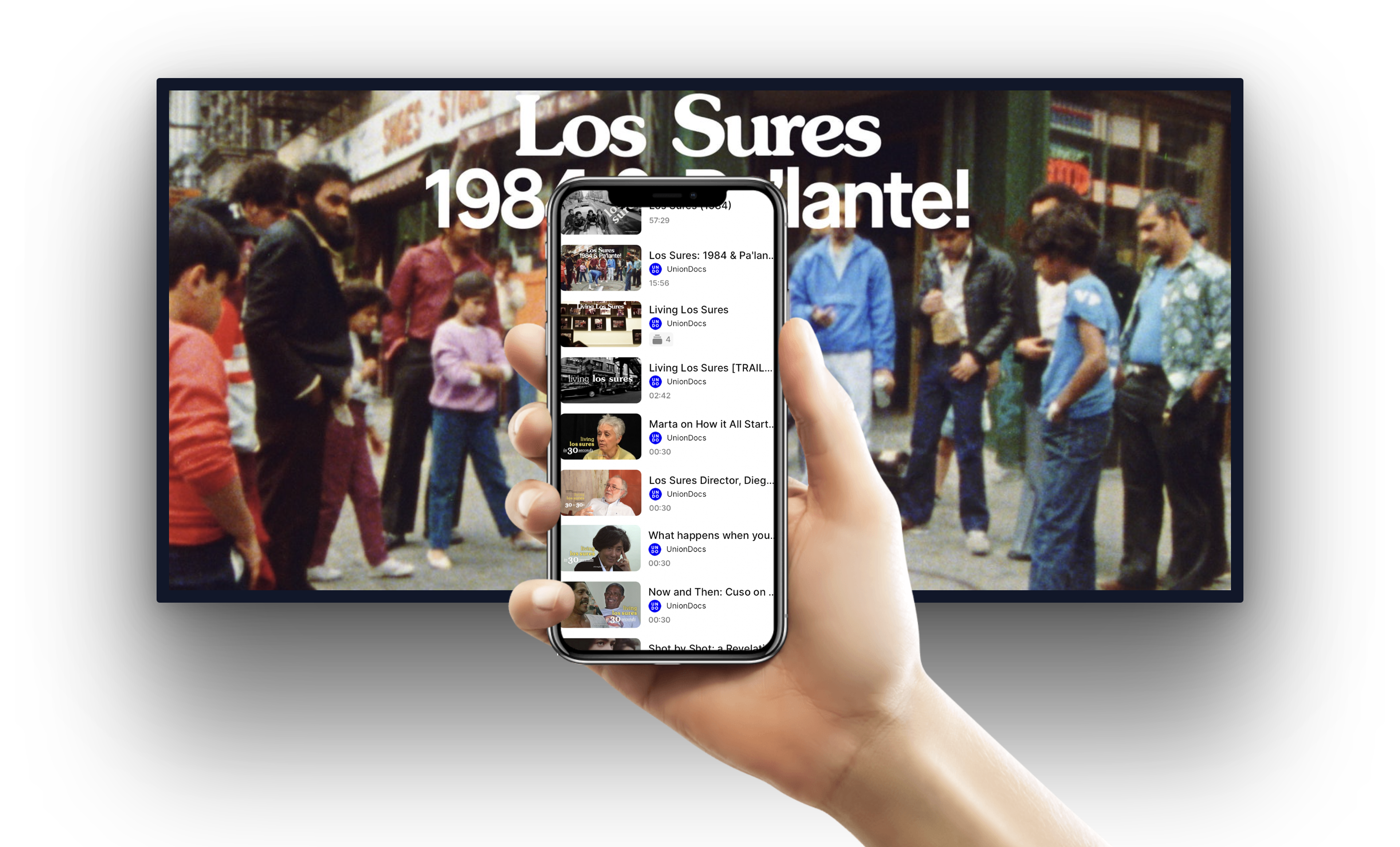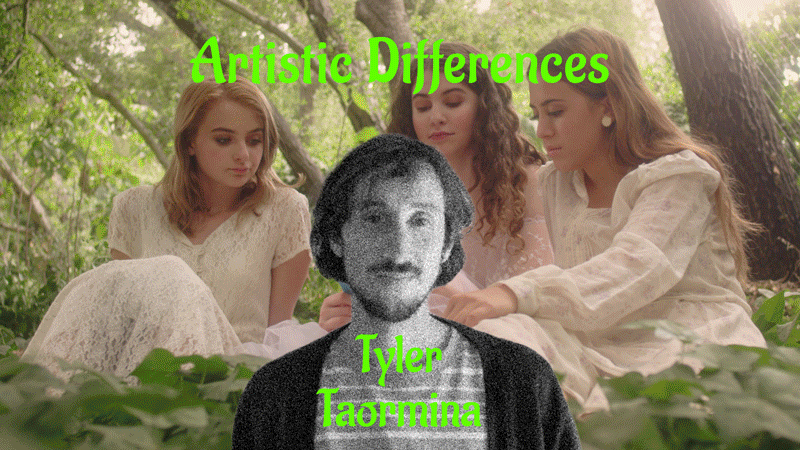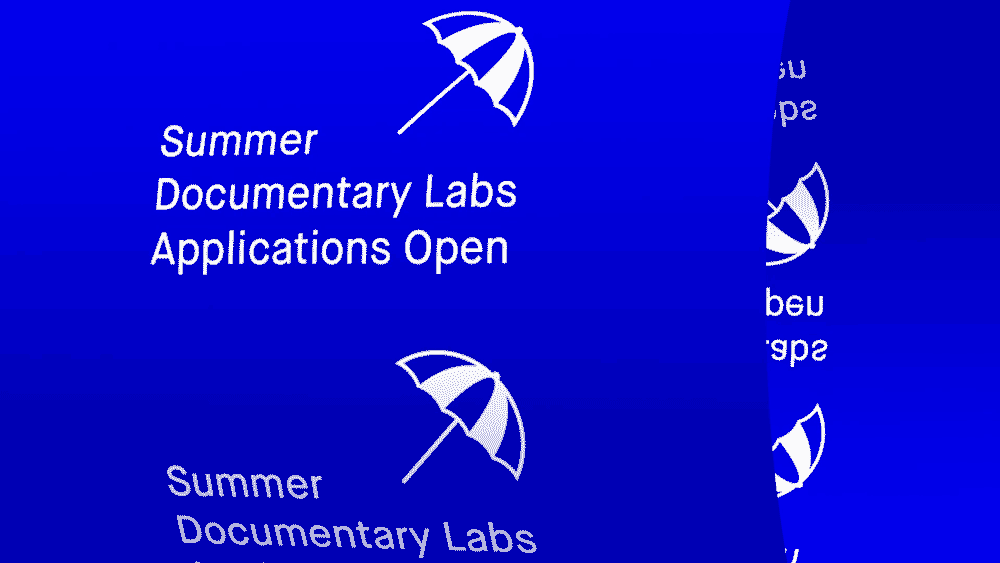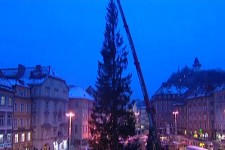 HOLY WAR
HOLY WAR
16 minutes, Italy, no dialogue, 1999, digital projection
A vast, indifferent fog rolls over the hillside while the camera looms toward a totemic fir tree—and as it begins to quiver, the faint rumble of chainsaws heralds the arrival of the holiday season. Holy War is a breathtaking structural analysis of the yuletide apparatus locating dread and violence in the form of machines punching tree trunks, robotic arms packaging candy, furious currents of shopping carts rushing against each other, and, finally, a massive claw heaping torrents of trash upon the incinerator. A vision of winter chill rivaled only by The Shining.
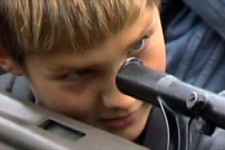 SLEEPERS
SLEEPERS
3 minutes, Austria, no dialogue, 2002, digital projection
During each October 26 holiday commemorating the signing of its declaration of neutrality, the Austrian military stages an exhibition of its heavy artillery for the public. In three furious minutes, Sleepers focuses on the indoctrination of the youth into armament culture with shots of children—some barely older than toddlers—weidling some very serious looking firepower juxtaposed against scenes from video games.
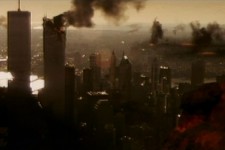 JUST LIKE THE MOVIES
JUST LIKE THE MOVIES
21 minutes, Austria, English language, 2006, digital projection
Kosakowski’s most widely screened, award-winning short responds to the déjà vu of 9/11 by reconstructing the day’s narrative from fictive scenes of Hollywood feature films. The intensely provocative and boundlessly thought provoking work culminates in moments singular poignancy. Meanwhile, composer Paolo Marzocchi’s facial expressions and fingers appear at the bottom of the frame in split screen as he provides piano accompaniment in the style of silent film players and distinctly New York composers like George Gershwin. Just Like the Movies confronts us with the two-way proposition of how immediate historical trauma is interpreted through manufactured cultural memory, and also how, in the context of gleefully consumed multi-million dollar entertainment, these images suggest a reality we privately yearn for, or perhaps even will toward existence.
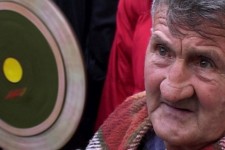 THE HEART OF IT
THE HEART OF IT
26 minutes, Germany and Austria, Serbian with English subtitles, 2010, digital projection
For the most traditional documentary-style piece in the show, Kosakowski accompanied a friend to his hometown Novi Sad, Serbia, five years after the NATO air raids during the Kosovo War. Novi Sad was one of the cities most affected by the violence, which resulted not only in widespread destruction of the second-largest Yugoslav city’s infrastructure, but also a great deal of civilian casualties and ecological damage. The Heart of It is a poetic rumination on the fringe residents’ daily struggles and the city’s altered physical, natural and psychological landscapes.
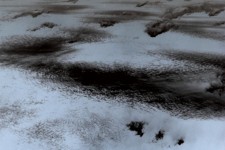 DEEP WATER HORIZON
DEEP WATER HORIZON
9 minutes, Germany, no dialogue, 2010, digital projection
“Truth may be stretched, but cannot be broken, and always gets above falsehood, as does oil above water.” – Miguel de Cervantes.
How does one portray an inconceivable ecological disaster? This haunting, abstract work unfurls clouds suggesting the 2010 Gulf of Mexico oil spill caused by the sinking of the Deepwater Horizon offshore drilling rig. Marzocchi provides a chilling score performed by the Atem Sax Quartet. The result is a grim elegy for environmental disaster and a reflection of denial.
Special thanks to the Austrian Cultural Forum, The Goethe Institut, and the Polish Cultural Institute.


 HOLY WAR
HOLY WAR



